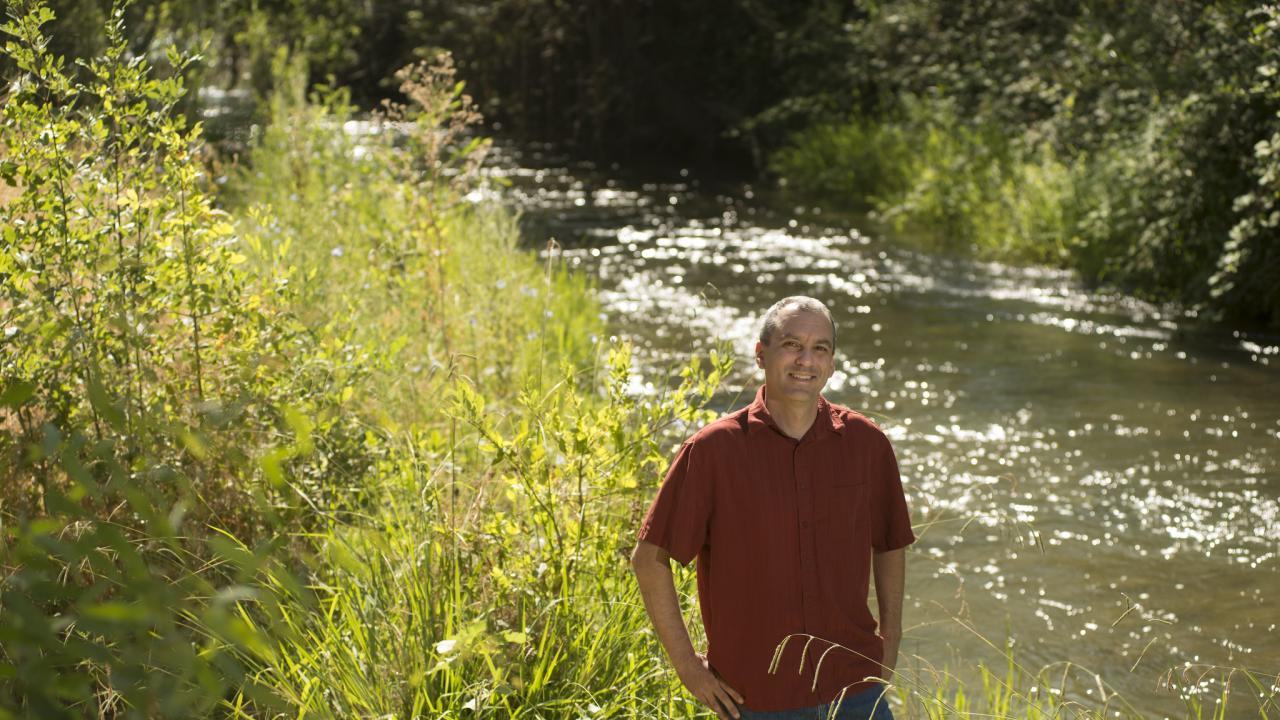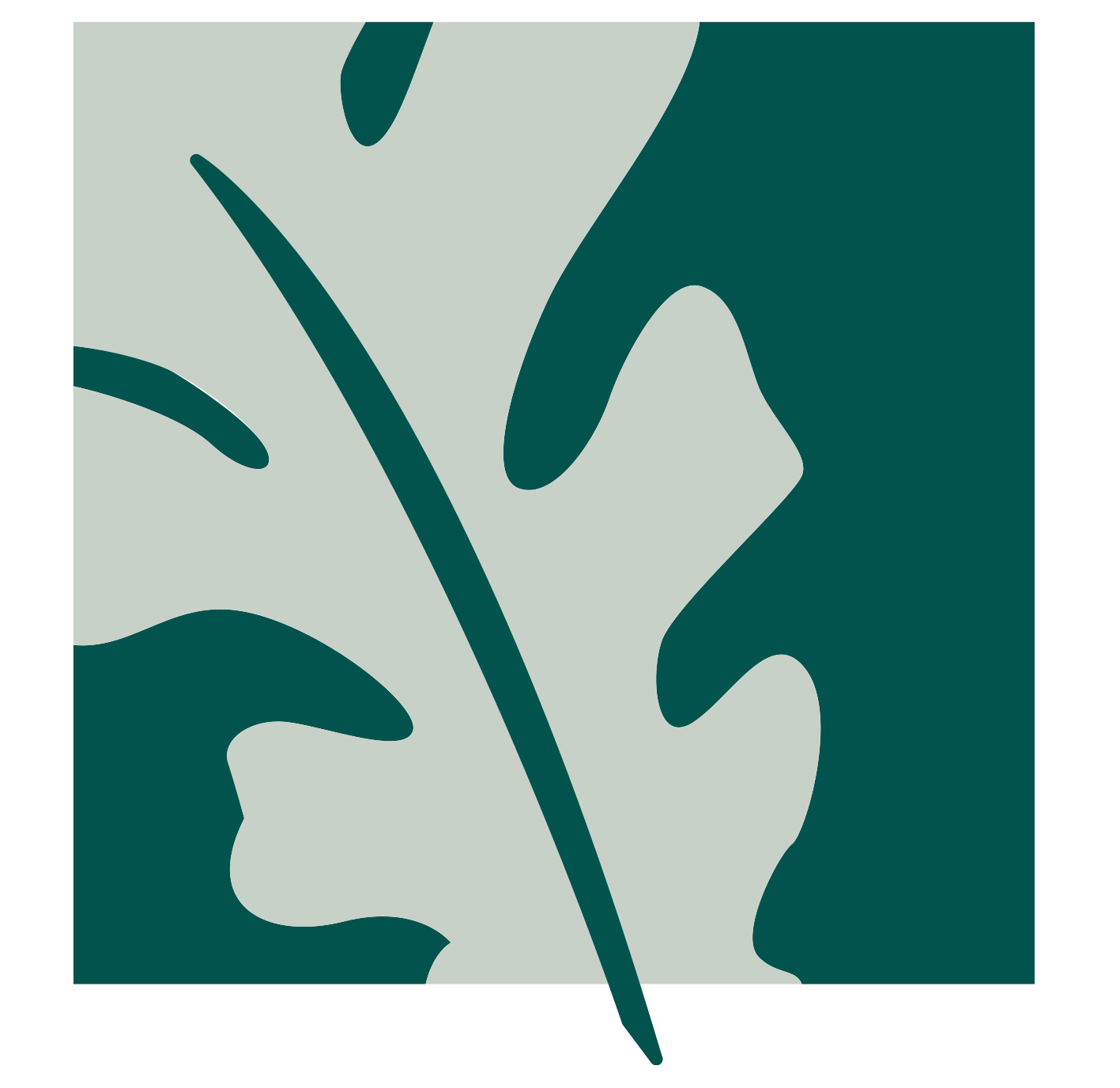
Andrew Fulks: A Legacy of Environmental Stewardship
As Andrew Fulks retires from UC Davis after 23 years, his influence can be seen across the campus landscape—from the grasslands of Russell Ranch to the restoration of Putah Creek Riparian Reserve and the revitalized Arboretum Waterway. Fulks didn’t just care for these places—he helped redefine what they could be, and how people could work together to make them thrive.
Leading with Action
As assistant director of the UC Davis Arboretum and Public Garden and manager of the Putah Creek Riparian Reserve, Fulks pushed forward some of the university’s most ambitious land management projects.
Putah Creek Riparian Reserve
This living landscape is now a place for research, teaching, wildlife, and public access—but that wasn’t always the case. By the time Fulks was hired in 2002, years of drought, development, and inattention had taken a toll. He helped turn things around by securing the area, building trails, bringing back native plants, and getting students involved in hands-on projects through programs like Learning by Leading™. Over time, the Reserve has become a model for managing complex ecosystems in a way that balances restoration, research, and recreation. (Learn more about the history of the UC Davis Putah Creek Riparian Reserve.)
Russell Ranch
At UC Davis Russell Ranch, Fulks helped lead the conversion of more than 300 acres of former farmland into one of the largest native grassland recovery efforts in the region. The project began as a campus mitigation requirement—part of UC Davis’s commitment to offset habitat loss from development under its Long Range Development Plan. Fulks and his team saw it as an opportunity to do more than just meet a regulatory need. They designed the site to support key species like Swainson’s hawks and burrowing owls, while also testing sustainable management practices such as prescribed burns and targeted grazing. With student engagement built into the work from the start, Russell Ranch has become a place where ecological responsibility, hands-on learning, and long-term care come together.
Arboretum Waterway
Among his most visible recent contributions is the multi-phase revitalization of the Arboretum Waterway. Before any major funding was in place, Fulks launched a low-budget pilot—just a few hundred dollars—to show how adding water flow could improve quality, habitat conditions, and resilience. That proof of concept helped unlock broader support for what became the Arboretum Waterway Flood Protection and Habitat Enhancement Project.
The project replaced eroded banks and stagnant water with a more naturalized channel, complete with native plants, floodplain benches, and expanded habitat. But for Fulks, the design was also symbolic. Drawing inspiration from the Putah Creek watershed and Yolo Basin Wildlife Area, the waterway’s layout mirrors the creek’s journey from mountains to marsh. The east end represents its rocky, upper reaches; Lake Spafford stands in for Lake Berryessa; and the lower stretches, lined with emergent wetland plants, reflect the wide, slow flow of the Yolo Basin.
A Practical Mindset
Fulks brought the same approach to other projects—focus on the goal, then find a way to get it done. At the Arboretum Teaching Nursery, he rethought procurement to bring down costs on new pathways and site improvements. At Wyatt Deck, he helped lead the redesign and rebuild of one of the Arboretum’s most iconic gathering spots, balancing aesthetics with safety and function.
His philosophy was simple: “There’s no one way to get something done.” And it showed. Whether dealing with erosion, invasive species, or limited budgets, Fulks was always looking for ways to turn obstacles into opportunities. Often, that meant building partnerships that benefited everyone—combining external funding, student involvement, and community support to make projects possible.
Beyond the Campus
Fulks’ impact doesn’t stop at the border of UC Davis. As co-founder and board president of the nonprofit Tuleyome, he played a key role in the designation of the Berryessa Snow Mountain National Monument and helped build public access to it—most notably through the Berryessa Peak Trail. He is still involved in trail work, regional planning, and land stewardship across Northern California.
Even in retirement, Fulks isn’t stepping away from the work. He plans to keep volunteering at the Reserve and Waterway, continue trail maintenance, and stay engaged with the county advisory committee. He’s also leaving time to explore California’s natural riches with his wife and spend time with his two sons—one finishing his third year at UC Davis and the other working in San Francisco.
Creative Solutions
Whether he was improving creeks, mentoring students, or navigating rolls of red tape, Andrew Fulks brought a problem-solver’s mindset to every project. His approach was rarely about having all the answers upfront—it was about knowing the goal was possible and figuring out how to make it happen here. That persistence has reshaped not just landscapes, but how we work together to care for them.
As he retires, his presence won’t disappear. He’ll still be out there—walking the paths he helped create, supporting the places he helped bring back to life, and reminding us there’s always a way forward. And thanks to the strong team he built, the student programs he championed, and the culture of stewardship he helped establish, we’re in good shape. His legacy gives us both momentum and a clear path ahead.
